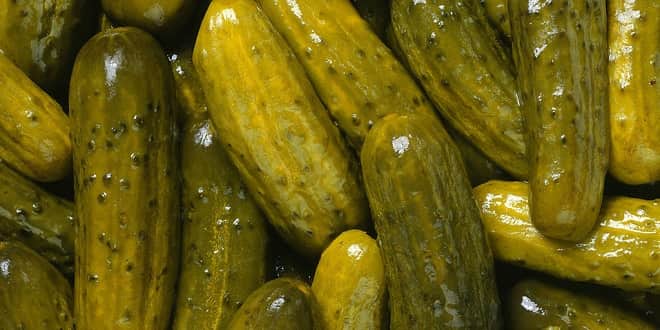Milling
DISCUSSION
In this experiment, we have learned the working principals of dry milling, and how it effects the wheat particles, also which changes occurs during the milling of wheat. In the other hand, some quality parameters are also was discussed, and how they are changing by which parameters has been considered too. The tampering was also discussed, and the effects of the tempering was learned.
We have done dry milling in our experiment, and we have recorded the sieving results, which gives us the distrubution of particle diameter. We have used two types of sieves; the milling machine’s sieves and, specifically designed sieving machine which screen diameters are known. According to our data, we could not able to obtain 100 % flour at first sieving, but we get fractions instead of this. Also some of these were bran particles which can not ground in to so fine particles. Also this may be caused by the gap between the crushing rolls, which can be not so close to each other. According to other data, we also could not be able to get the all feed that we hav introduced into the machine. There was some losses, they may be due to loss of water by evaporation during the milling, which apply large shear stress on wheat and cause high temperature increase in microregions, and the losses can be occur because of formation of fine particles, and suspending in the milling machine. This problem also, seen in the industry, which can cause explosion due to fine particle formation. These particles can be charged statically, and can be explode soon.
In the experiment, we have looked for the ash content of the flour, which is a quality parameter for the flour. We have looked first three sieves for the ash content. The results show us, the first sieve has highest ash content value, and the third has lowest ash content value. This was because of the accumulation of the bran particles on the first sieve. They contains more minerals than the endosperm. This was the expected result.
…




